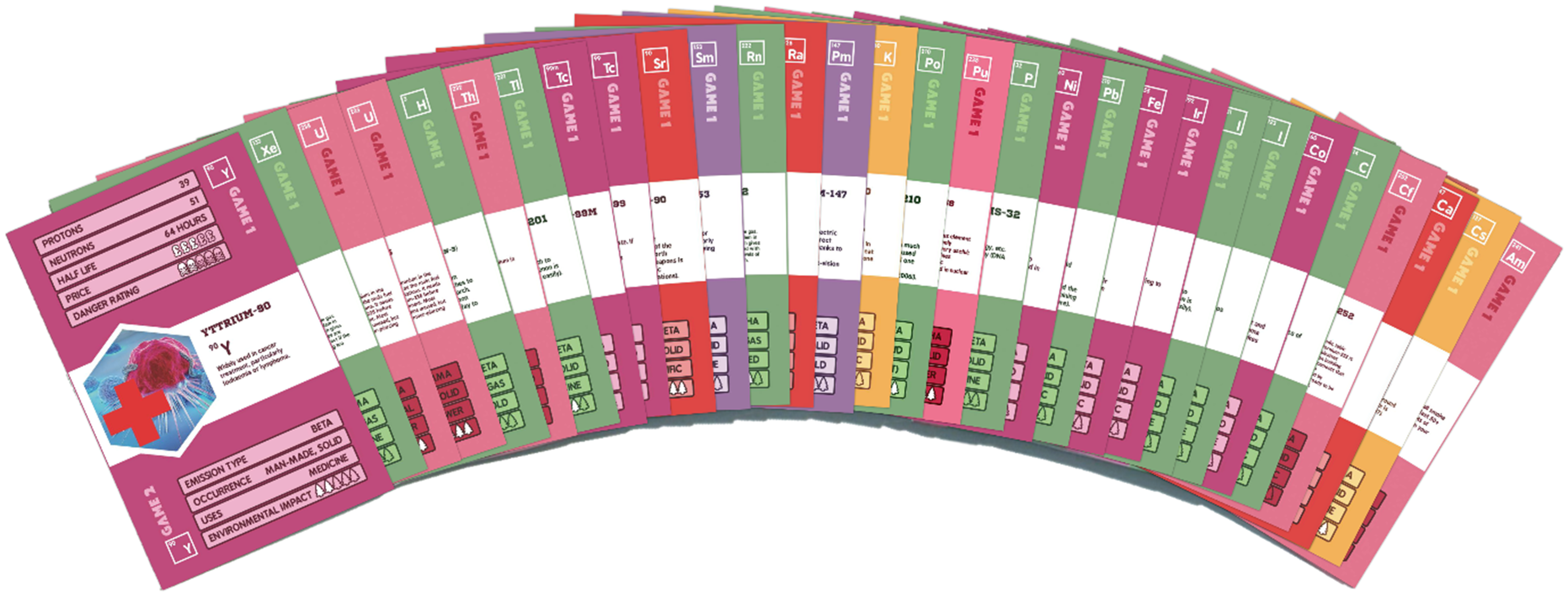Our Radioactive World
Welcome to our radioactive world! Here, you’ll find information, games, and resources all about radioactivity and its uses in our day-to-day lives. For teachers, we’ve also got downloadable versions of the RAD Ratings cards used on this website, as well as lesson plans and PowerPoint presentations to help implement the activities here into classrooms. So have a look around; we hope you enjoy your exploration into the world of radiation!



.png)

